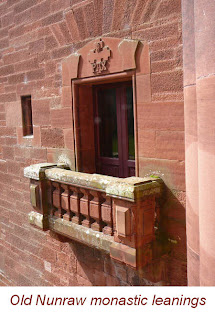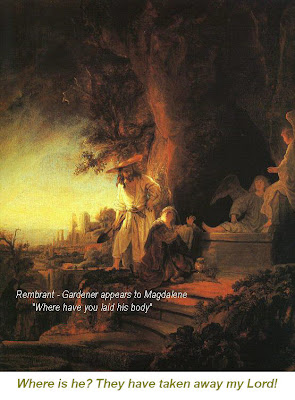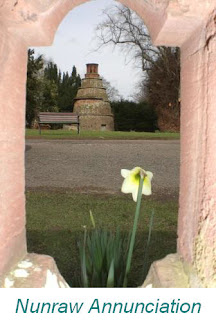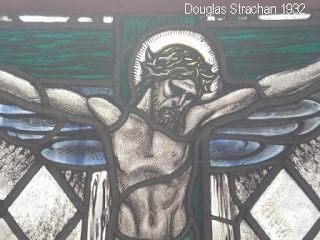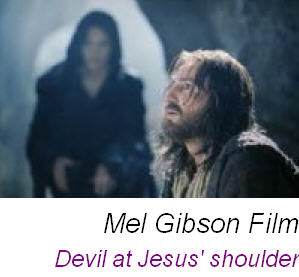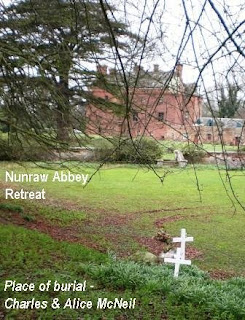
Charles McNeil - Past Resident at Nunraw known for his work in the Children’s Hospital, Edinburgh.
Abbot Raymond received this interesting inquiry regarding the late Professor Charles McNeil.
“I wonder if you might be able to help with some information on the above who had, I believe, some links with Nunraw Abbey? I have the specific task of tracking down information on Prof McNeil, who was appointed to its first Chair [the first to be devoted to the study of the child in health as well as in sickness] in 1931, a post he held until retirement in 1946. The fairly brief biographical information which I have obtained so far indicates that, in the years following his retirement, Prof & Mrs McNeil lived in the Gifford area and had contact with the Abbey, certainly until the former's death in 1964. We are keen to obtain some information
about this time in his life. To this end, I wonder if the Abbey and its Community might be able to furnish some information which could assist us in our task”.
The response to this inquiry is that “All you wanted to ask about Charles McNeill and were afraid to ask”, can be readily found – or at least a good part of it.
To begin at the end, I have just taken a photo of the memorial stone, (the boulder brought from a Galloway river bed at the wish of Charles), in the cemetery at old Nunraw House. At that time of the evening the view was rather remarkable, showing the long shadows of the tree overhanging the grave. The story of the stone is that one of the requests in Charles’ Will was to have this bolder brought from one of the many stream beds in Galloway. This mission was carried out by Adam, driver and gardener at Nunraw Barns, and Seamus, stone worker at the Abbey, who made the long drive to bring home this link with his forebears in the Rhinns of South West Scotland.
Engraved on the chosen monument are the exact dates of birth and life, 1881-1964.
His wife, Alice Workman McNeil, was also buried here.
In the Nunraw library the most helpful record for the purposes of research must be the privately printed, “A Scottish Physician, Charles McNeil, An Appreciation by George Scott-Moncrieff”. It is an illustrated 23 page monograph.
Extract from George Scott-Moncrieff’s “A Scottish Physician”.
An original member of the British Paediatric Association, Charles McNeil was elected its President in 1941, and was also President of the Scottish Paediatric Association. He was elected President of the Royal College of Physicians in Edinburgh, 1940-1943, and was made a Fellow of the London College in 1943. He became a member of the Governing Board of the Edinburgh Royal Infirmary, and on his retirement in 1946 the University conferred the title of Emeritus Professor on him and gave him an LL.D. in 1953. During the war years, 1939-1945, Professor MeNeil was engaged in helping with the plans then going ahead for the National Health Service.
- - -
Charles McNeil died at Nunraw Barns on April 27th, 1964, peacefully, after receiving the Last Sacraments.
Many tributes, both public and private, were paid to this "true physician and erudite scholar" as the obituary in the British Medical Journal described him, adding the singular praise "he was incapable of a mean or unkind thought." Intellectually "he had a gift for the rapid assessment of a clinical problem," but perhaps even more important was the gentle loving approach that gave him the immediate confidence of children. A young man remembered meeting him as a child, the warmth and ease with which the Professor spoke to him, and the humility and perception that made an elderly man capable of seeing a child's problems as they appear to the child himself, so that he was able to offer acceptable advice and encouragement. His gracious manner, radiant smile and delightful sense of humour, remain fresh in the memories of many of us who knew him and who would not hesitate to describe Charles McNeil as a saintly man.
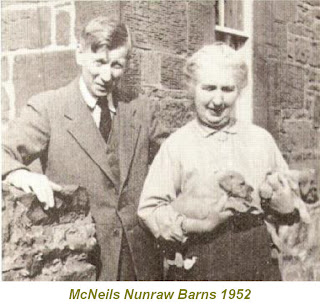 Charles McNeil was given the rare tribute of burial amongst the Cistercian monks in the monastic cemetery. In his funeral oration Abbot Columban Mulcahy of Nunraw said that this was a man who might have made his own the words, " Look for me in the nurseries of heaven." (Francis Thomson).
Charles McNeil was given the rare tribute of burial amongst the Cistercian monks in the monastic cemetery. In his funeral oration Abbot Columban Mulcahy of Nunraw said that this was a man who might have made his own the words, " Look for me in the nurseries of heaven." (Francis Thomson).
The portrait of Charles McNeil was painted in 1948 by his cousin Murray Urquhart. It would be interesting its final location.
For further reference, see also Lectures as, e.g. BRITISH MEDICAL JOURNAL, LONDON SATURDAY MARCH 6 1954, YESTERDAY AND TO-MORROW IN CHILD HEALTH. BY CHARLES McNEIL, MD., LL.D., F.R.C.P., F.R.C.P.Ed. Professor Emeritus in Child Life and Health, University of Edinburgh. WWWeb. pubmedcentral.nih.gov/pagerender.fcgi?artid=2084750&pageindex=1
The story of Alice Workman-McNeil is on a par with that of her husband. They met through their heroic work in Rouen during the 1914-18 War. Charles was in command of the hospital, mostly under tent, which at one time saw forty thousand casualties brought in.
“Alice was one of two sisters from Northern Ireland who arrived in France, bringing their own money to initiate voluntary help to the troops. Alice Workman started four canteens for Servicemen in Rouen and managed them throughout the war. In January, 1919, Charles McNeill and she were married in St. Helen’s Bay Presbyterian Church in county Down”.
The loveliest comment on the life’s work of Charles McNeil is his own sense of wonder in the first smile of the child. This humble Pediatrician appreciated to the full his privileged profession expressed in his key direction in the Children’s Hospital. “He always regarded the first smile of a sick child as a matter of major importance, and a large red S had to be written on its chart to record the occasion”.
What is the glorious experience of parents in that first smile is something to move everyone to thank God for the wonder of our being.
Ps. 138(139).
For it was you who created my being,
knit me together in my mother’s womb.
I thank you for the wonder of my being,
for the wonders of all your creation.
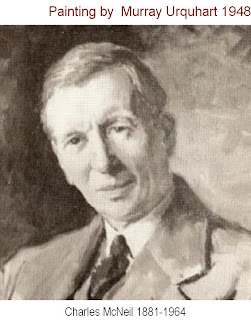 + + + + + + + + + + + +
+ + + + + + + + + + + +




